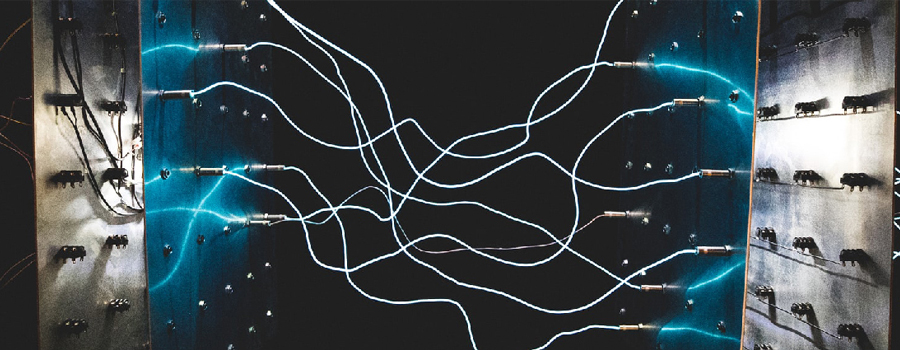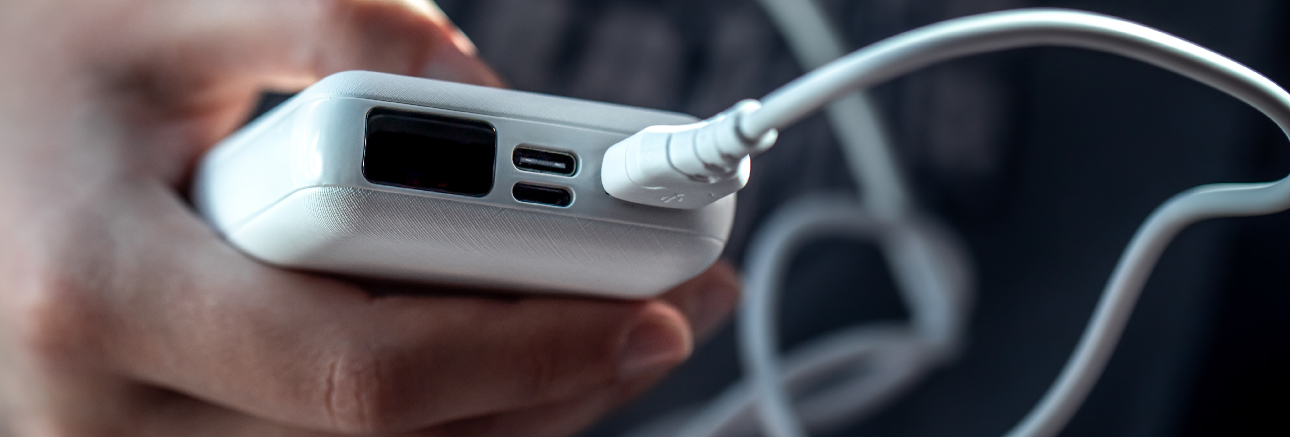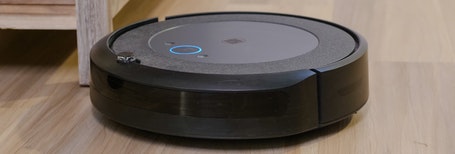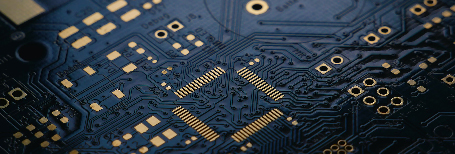
Electromagnetic compatibility is the ability of equipment or a system to function satisfactorily in its electromagnetic environment without introducing intolerable electromagnetic disturbances to anything in that environment. Electromagnetic compatibility tests are performed in laboratory or open area test site. Using electromagnetic disturbance test equipment and generation equipment, to evaluate the system or equipment.
Electromagnetic compatibility requirements are to ensure that electronic products can work reliably in electromagnetic environment. With the rapid development of wireless communication technology, integrated circuit and new energy and other fields, the electromagnetic compatibility of products has become increasingly important.Some of its electromagnetic compatibility testing projects are also included in the projects of China Compulsory Certification.


NOA focus on the compliance and quality of electrical and electronic products, and establish a one-stop service platform for consulting, testing and certification. We provide professional electromagnetic compatibility testing and certification services for electrical and electronic products.
Product category: Audio/video, information and communication technology equipment, household and similar electrical appliances, vehicle electronic equipment, Industrial, scientific and medical equipment, lighting equipment and controlgear.
Radiated continuous emission, Radiated spurious emission, Disturbance power, Discontinuous disturbance, Conduction continuous emission, Conduction spurious emission, Harmonic current emission, Voltage changes, voltage fluctuations and flicker, Electrostatic discharge immunity, Radiated immunity, Conducted immunity, Voltage dips, short interruptions and voltage variations immunity, Surge immunity, Electrical fast transient/burst immunity, Power frequency magnetic field immunity, Pulse magnetic field immunity, Harmonics and interharmonics immunity.
○ GB 4343.1/CISPR14-1《Electromagnetic compatibility requirements for household appliances, electric tools and similar apparatus—Part 1 :Emission》
○ GB/T 4343.2/CISPR14-2《Electromagnetic compatibility requirements for household appliances, electric tools and similar apparatus—Part 2:Immunity》
○ GB 17625.1/IEC 61000-3-2《Electromagnetic compatibility—Limits—Limits for harmonic current emissions (equipment input current ≤16 A per phase)》
○ GB/T 17625.2/IEC 61000-3-3《Electromagnetic compatibility (EMC) —Limits—Limitation of voltage changes, voltage fluctuations and flicker in public low-voltage supply systems, for equipment with rated current ≤16 A per phase and not subject to conditional connection》
○ GB/T 17743/CISPR15《Limits and methods of measurement of radio disturbance characteristics of electrical lighting and similar equipment》
○ GB/T 18595/IEC 61547《Equipment for general lighting purposes—EMC immunity requirements》
○ GB/T 9254.1/CISPR32《Information technology equipment, multimedia equipment and receivers—Electromagnetic compatibility—Part 1 :Emission requirements》
○ GB/T 9254.2/CISPR35《Information technology equipment, multimedia equipment and receivers—Electromagnetic compatibility—Part 2 : Immunity requirements》
○ GB/T 17626.1/IEC 61000-4-1《Electromagnetic compatibility—Testing and measurement techniques—Overview of immunity tests》
○ GB/T 17626.2/IEC 61000-4-2《Electromagnetic compatibility—Testing and measurement techniques—Electrostatic discharge immunity test》
○ GB/T 17626.3/IEC 61000-4-3《Electromagnetic compatibility—Testing and measurement techniques—Radiated, radio-frequency, electromagnetic field immunity test》
○ GB/T 17626.4/IEC 61000-4-4《Electromagnetic compatibility—Testing and measurement techniques—Electrical fast transient/burst immunity test》
○ GB/T 17626.5/IEC 61000-4-5《Electromagnetic compatibility—Testing and measurement techniques—Surge immunity test》
○ GB/T 17626.6/IEC 61000-4-6《Electromagnetic compatibility—Testing and measurement techniques—Immunity to conducted disturbances, induced by radio-frequency fields》
○ GB/T 17626.8/IEC 61000-4-8《Electromagnetic compatibility—Testing and measurement techniques—Power frequency magnetic field immunity test》
○ GB/T 17626.9/IEC 61000-4-9《Electromagnetic compatibility—Testing and measurement techniques—Pulse magnetic field immunity test》
○ GB/T 17626.11/IEC 61000-4-11《Electromagnetic compatibility—Testing and measurement techniques—Voltage dips, short interruptions and voltage variations immunity tests》
○ GB/T 17626.13/IEC 61000-4-13 《Electromagnetic compatibility—Testing and measurement techniques—Harmonics and interharmonics including mains signalling at a.c. power port, low frequency immunity test》
○ GB/T 17626.29/IEC 61000-4-29《Electromagnetic compatibility—Testing and measurement techniques—Voltage dips, short interruptions and voltage variations on d.c. input power port immunity tests》
○ GB/T 22450.1《Limits and measurement methods of electromagnetic compatibility for 900/1800MHz TDMA digital cellular telecommunications system - Part 1: Mobile station and ancillary equipment》
○ YD/T 1595.1《Requirements and measurement methods of electromagnetic compatibility for 2GHz WCDMA digital cellular mobile telecommunications system - Part 1: User equipment and ancillary equipment》
○ GB/T 19484.1《Requirements and measurement methods of electromagnetic compatibility for 800MHz/2GHz cdma2000 digital cellular mobile telecommunications system - Part 1: User equipment and ancillary equipment》
○ YD/T 1592.1《Requirements and measurement methods of electromagnetic compatibility for 2GHz TD-SCDMA digital cellular mobile telecommunications system - Part 1: User equipment and ancillary equipment》
○ YD/T 2583.14《Requirements and measurement methods of electromagnetic compatibility for cellular mobile telecommunications equipment - Part 14: User equipment and ancillary equipment for LTE》
○ YD/T 2583.18《Requirements and measurement methods of electromagnetic compatibility for cellular mobile telecommunications equipment - Part 18: User equipment and ancillary equipment for 5G》
○ YD/T 1597.1《Requirements and measurement methods of electromagnetic compatibility for 2GHz cdma2000 digital cellular mobile telecommunications system - Part 1: User equipment and ancillary equipment》
○ GB/T 19483《Requirement and measurement methods of electromagnetic compatibility for cordless telephone》












Tel:+86-400 821 5138
Fax:+86-21 3327 5843
Email:noa@noagroup.com